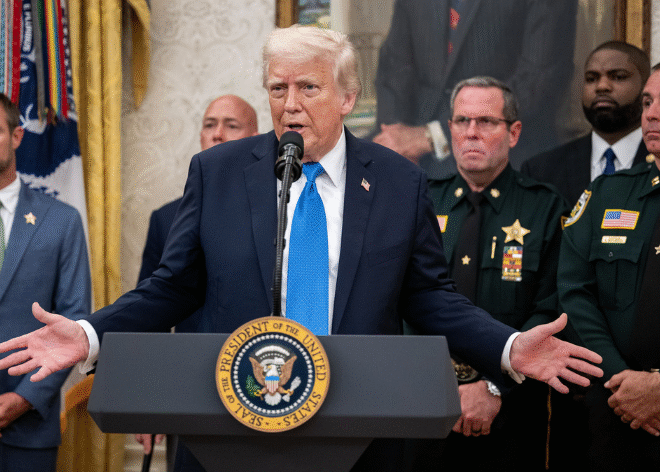The United States has officially launched a sweeping AI Action Plan, signaling a new chapter in its approach to artificial intelligence leadership.
Announced by the Trump administration on July 23, 2025, the plan outlines over 90 targeted actions aimed at accelerating AI innovation, unlocking new infrastructure capabilities, and expanding the global reach of American AI products and services.
At the heart of the plan is a strong push to deregulate and streamline federal oversight of AI development. By rolling back several Biden-era restrictions and preempting state-level regulations, the administration aims to create a uniform national standard for AI deployment. The plan also supports the open release of select AI models and tools, promoting transparency and collaboration while encouraging private sector advancement.
One of the core challenges for U.S. tech companies has been the slow pace of infrastructure expansion, particularly when it comes to building large-scale data centers and meeting growing energy demands. The action plan addresses this by fast-tracking permits for data centers on federal land and previously used industrial sites. It also emphasizes reforms to the Clean Water Act that would ease environmental hurdles, and urges utility providers to prioritize AI infrastructure when expanding or upgrading the power grid.
The administration is also focusing on bolstering the skilled workforce needed to support this growth, including trades like electricians, HVAC specialists, and network technicians. These roles are crucial as data center projects scale across the country in response to the rising demand from AI model training and inference workloads.
On the international front, the action plan outlines a new strategy to export complete AI technology stacks to allies and partner nations. This includes semiconductors, software models, tools, and even AI-ready infrastructure solutions. Agencies like the Commerce Department and the State Department will coordinate these efforts, offering streamlined export packages to increase the global adoption of U.S.-based AI technologies. This move also supports U.S. geopolitical goals by reducing dependence on AI systems and chips originating from rival countries, especially China.
National security is a recurring theme throughout the plan. The administration proposes new location verification mechanisms for AI chips, ensuring that exported hardware remains within authorized jurisdictions. Additionally, vendors that exhibit ideological bias in their AI systems could be barred from receiving federal contracts, reflecting the administration’s stance on promoting neutrality in government AI procurement.
Critics of the plan argue that the aggressive deregulation approach may come at the expense of consumer privacy, environmental protection, and algorithmic fairness. However, supporters, including several large tech companies, view the plan as a long-overdue move to strengthen the U.S. position in the global AI race and unlock economic opportunities through innovation.
As this policy unfolds, it is expected to significantly impact AI-related sectors including cloud computing, semiconductors, and software development. For businesses, investors, and developers, this marks a pivotal moment to align with evolving federal standards and tap into expanding international markets.
The AI Action Plan is not just a policy—it’s a signal of intent. The U.S. is aiming to reclaim its leadership in artificial intelligence, not only through innovation but by setting the terms of global engagement, infrastructure development, and export strategy.






